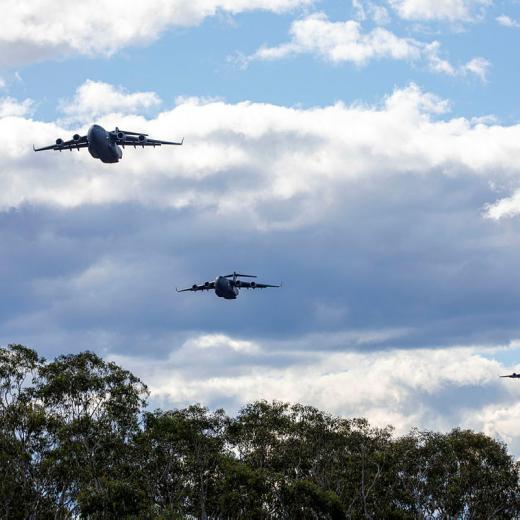BLUF
Often popular with teenagers because of its different flavours, many users consider ‘vaping’ to be safe, but research shows otherwise.Summary
New Australian research adds to the mounting evidence that vapes (or ‘e-cigarettes’) are unsafe. Curtin University respiratory physiologist Dr Alexander Larcombe studied 65 common liquids used in vapes available in Australia. The research is the extension of a 2019 study published by the same researchers. It is the most comprehensive study of products available in Australia to date. Key points:
Pesticides, cleaning agents and other dangerous chemicals were found in vaping products.
The researchers found trace elements of nicotine in products that claimed to be nicotine-free.
It is estimated that more than 200,000 Australians use vapes.
An independent researcher backed the findings as evidence of the need for greater regulation.
Australia’s Therapeutic Goods Administration (TGA) has cracked down on imports but can only regulate those with nicotine and/or officially banned flavours. In the latest study, the researchers looked at the ‘nicotine-free’ products. Researchers found evidence of chemicals linked to lung, bladder and gastrointestinal cancers. The study also found high levels of a cinnamon flavouring known as trans-cinnamaldehyde in up to 48 liquids. Its potential health effects so concerned the TGA that it has added it to an Australian list of banned flavours. Dr Larcombe’s research was published in the Medical Journal of Australia.
References
Mar 2021 VeryWellHealth How Vaping Affects Asthma
Sep 2021 Medical News Today Does vaping without nicotine have any side effects?
Oct 2021 ABC News Australia Dakota's doctors thought she might have COVID, but it was vaping that put her in ICU





